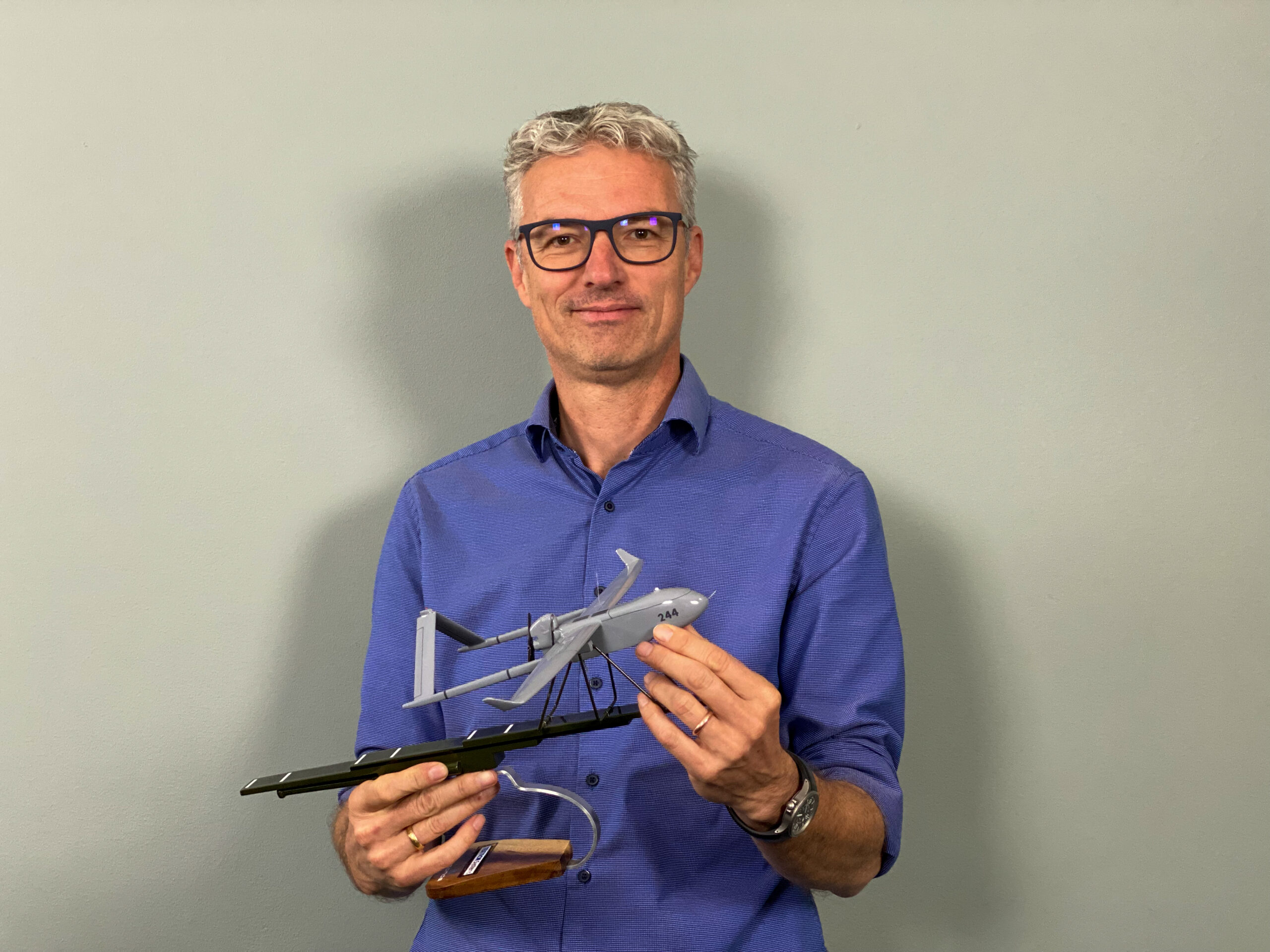Bram Sevenhuijsen, the Vice President Operations Center at Nordic Unmanned, gives us a glimpse into the future of remote operations. He talks about how changes could be made to operations so that they are more conducive to remote working.
My role at Nordic Unmanned is setting up the operations control center in a way that will help Nordic Unmanned achieve its operational goals. This includes assisting in providing and analyzing data, so we can deliver the best possible results to the client.
The main task of the operations control center is to help if something goes wrong with our operations. If there is an emergency, we take care of it. If a drone is grounded, we help get it back up and running. We become the main source of customer communication and a pivotal part of implementing effective and professional operations.

When issues occur, different teams might try to fix them in different ways. Best practice might not always be applied, and energy and resources might be wasted. The operations control center tries to coordinate these efforts more effectively, ensuring a successful flow of information.
The next step for the operations control center will be to integrate remote payload operating. There will be someone on-site operating the aircraft, whilst there will be a payload operator in our operations center controlling the payload. This will become a growing trend in operations, with more and more operations having their payload operates remotely. In 2-3 years, depending on how technology develops and legislation changes, we may also see pilots controlling aircrafts from the control center.
The most important thing whilst doing remote operations is to keep control of the aircraft. That’s why we start with the payload operator being in Sandnes. If we lose contact with the payload, it doesn’t mean we lose control of the aircraft. These operations will give us useful experiences, which we can use when we start to control the whole operation remotely.
DroneMatrix is already performing remote operations from a control center. By taking advantage of the synergies within the Group, we can merge this technology with other systems we have in our portfolio.

Legislation is a factor for determining the speed of the implementation of remote drone operations. Before implementing safe and secure parameters for remote operations, legislators will have to address a series of questions. For example, will the legislators accept that a drone pilot sitting in Sandnes, operates a drone in Spain? If it crashes or hurts someone, is the person flying remotely held accountable the same as if it was a manned aircraft? Will the Civil Aviation Authority be comfortable with letting people who aren’t physically present fly in its airspace through an internet connection? How much does an operator need to fly to be allowed to fly a drone permanently without being present?
That will take time.
“Remote work is a common trend in many industries, and remotely controlled vehicles are a hot topic. For example, drivers of busses and trains are being moved from the vehicles and put in a control center where they supervise or control the route remotely. Successful remote drone operations could contribute to the acceleration of this technology.”
Bram Sevenhuijsen, Vice President Operations Center

We have had internal discussions on what is needed from the industry to aid with the transition to remote drone operations. One thing I would like to see is an advancement in the control feeling for the pilot. I hope there will be a bit more “real” experience for the pilot who is conducting the remote operation. For instance, through VR glasses or a simulator. When we are doing a BVLOS landing in a different location, the pilot is looking at screens, and has limited vision. Will a VR headset contribute to a more realistic feeling? If it makes the pilots more comfortable in landing the aircraft in a remote location, it would ultimately make the whole operation safer.
Regulators are learning at the same time as the industry. We saw the same practice in the 60’s and 70’s when helicopters were flying offshore. The operators were ahead of the regulators, proving the maturity of the operations. We are a part of the group who is influencing regulations today.
Most importantly, we need to remember our values as we move forward. We should especially focus on caring for others. As we continue down this path of innovation and progression, we should remember the people who work behind the scenes to make our technology and operations possible. We should not take them for granted.


